
The washing machine has become an indispensable assistant for every housewife. An expensive product is purchased once and for a long time, so it is important to pay attention to the technical characteristics, features and reviews of experts. Which washing machines are the most reliable? Quality appliances are essential to every home, and while they all serve the same purpose, the variety of options available can make purchasing a puzzle.
The most limiting factor to consider before you start looking at purchasing is the available space in your home. If you have one space in your home, you need to choose a unit that will fit that space. Having several possible locations gives you more choice when making a purchase, but it is still important to know the dimensions of the available space.
The next factor to consider is the power required, which depends on how much and how often you wash.Capacity ranges from 5kg to 10kg, with equipment with a 7kg capacity generally considered sufficient for a household of four.
Download Features
All models of washing machines can be divided into two categories:
- Top loading. These machines load things while standing. The design includes an additional cover that covers the drum. It remains preferable for people who do not want to bend their body when styling clothes. In some parts of the world, this type is used more often than the other option. They are usually available in larger volumes, also have faster timing than front ones and can be opened during the cycle.
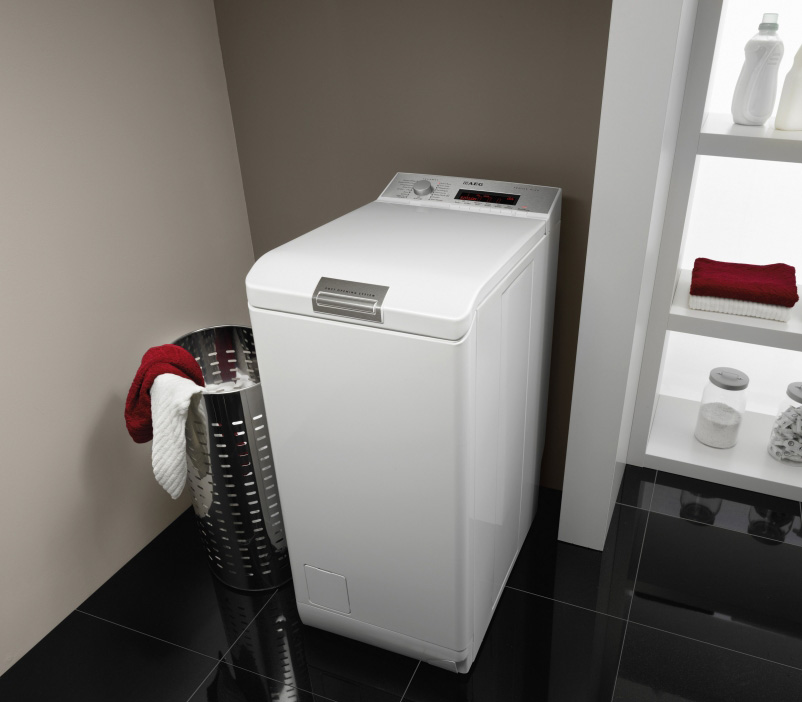
- Front loading. In this case, the drum is filled from the front side. Research has shown that being reliable and inexpensive, they use less energy, liquid and detergent, and produce better results. In European markets their share is 90% and only 10% with this location. In the US it's 65% top loading and 35% rest. They are also quieter and have a higher rotation speed than the top ones. The dryer can be placed on top if space allows.
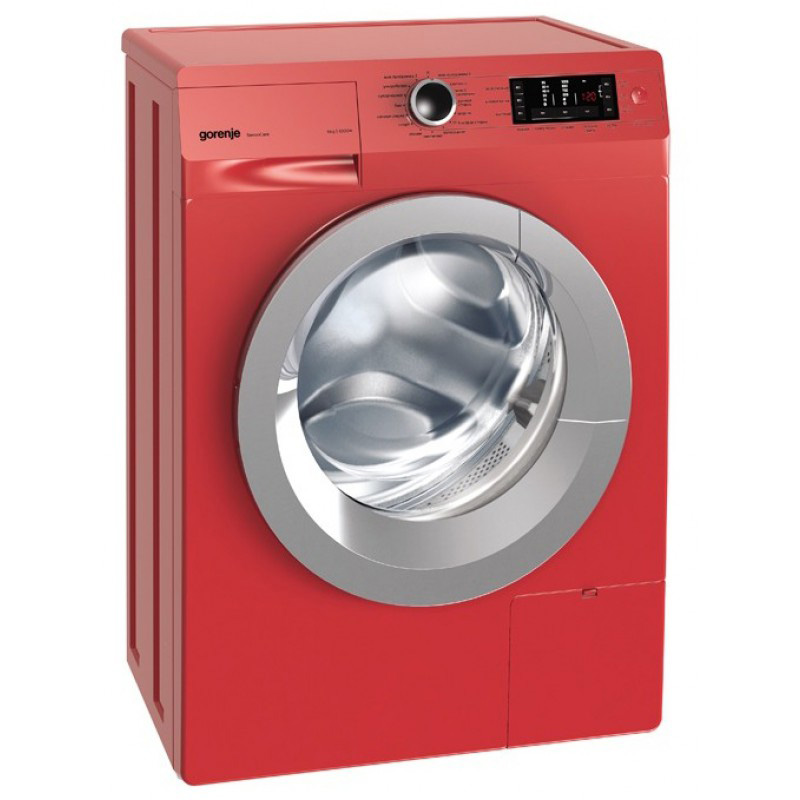
Depending on the presence and number of automatic functions, the equipment is also classified as: semi-automatic and fully automatic.
The automatic one has only one section, inside which cleaning, drying and rinsing things take place. Depending on the amount of clothing, such equipment automatically sets the required portion of liquid, powder and cleaning time. The user only needs to provide a water connection, place powder inside and put on clothes; the fully automatic system does the rest.
Loading things from above
They clean clothes with either an agitator or an impeller. An agitator is a design that most people are familiar with, it consists of a tube or pole that bends over the middle.
In contrast, the impeller has low ridges that rotate on the floor to create turbulence and good quality. Both types remove dirt quickly, but are coarser than the front type. With an impeller, it offers maximum power, but is more likely to tangle clothing and costs more in electricity and water.
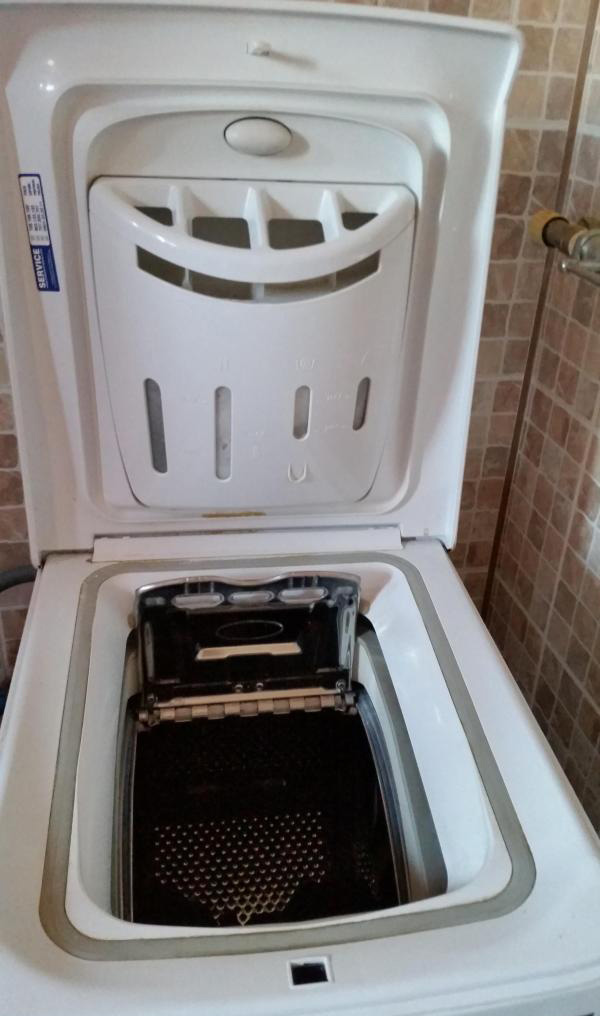
Pros:
- As a rule, they can be found at a cheaper purchase price than similar frontal sizes.
- Shorter cycles (15-40 minutes, compared to 1.5-2 hours).
- Elements can be added or removed at any time during the cycle.
- They can be loaded and unloaded while standing upright.
Minuses:
- Uses more energy and water than a frontal (equivalent size) which means higher running costs.
- They tend to be rougher on clothing, and with an impeller, they are more prone to tangling.
- They use more detergents, which will further increase operating costs.
Larger ones may have deep drums, so while you're checking with the retailer, it's worth opening the lid to make sure you can reach all areas inside the drum. If you prefer to stand instead of crouch when loading and unloading your sink, then this option is probably best for you.
Estimated bar failure rates for this type of unit range from 10 to 18 percent by the fifth year. One of the most reliable brands, according to experts, is Speed Queen. The average repair cost is $118.
Vertical machines with high productivity
Experts estimated the possibility of failure to be between 14 and 23 percent by the fifth year of ownership. LG is the best brand for reliability, high quality and ease of maintenance. There is about a 23 percent chance of hardware failure from Samsung. The cost of repairs is also significantly higher, averaging $140.
Front loading machines
Among all brands in this category, the overall failure rate ranges from 14 to 25 percent. Again LG comes first in reliability. The company demonstrates better performance than most of its competitors. Frigidaire breaks down more often than any other brand, according to studies. The average repair cost for front loaders is $149.
Recommended top
Among the top-mount units, five made the recommended list from the pros, including the Kenmore 22242, $480, and the Maytag MVWB765FW, $800.
Top stack products typically have more power and better overall performance. However, only two made it to the top – the LG WT5680HVA, $1,100, and the LG WT1701CV, $900. The four Samsung variants in the study scored high enough to be recommended, but later revealed issues with the brand's reliability.
Recommended front models
These types of installations have two big features: energy efficiency and their compact design. Even entry-level devices come with different features or programs.
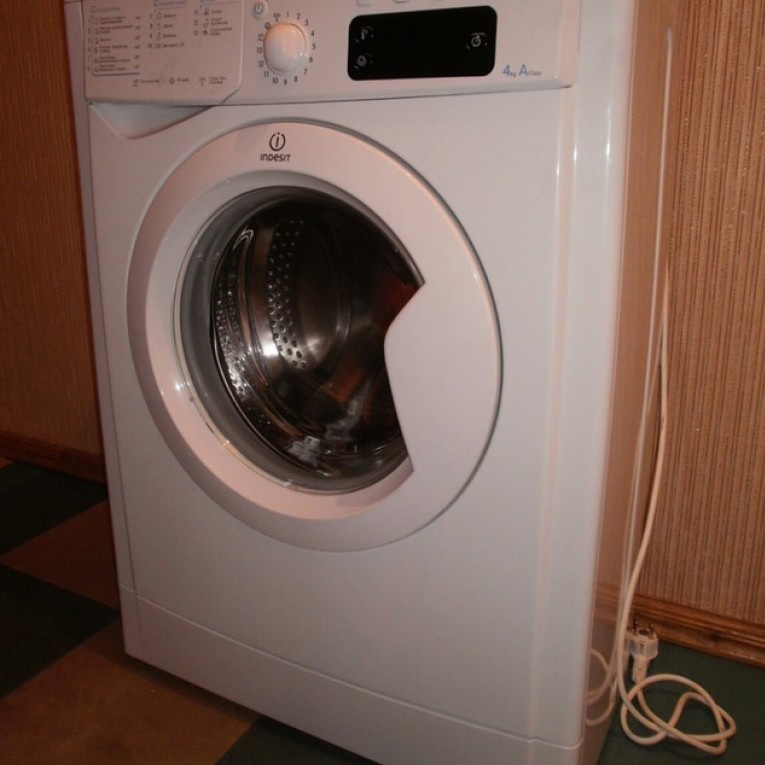
Pros:
- The ability to mount under a bench or have a drying stack on top makes the units ideal for people with limited space.
- More efficient use of energy, water and detergent.
- As a rule, they have a higher rotation speed.
- They are gentle with things.
Minuses:
- They may have a high starting price.
- The door is low to the ground, making the design unsuitable for those who find it awkward to bend over to fill or empty.
- Cycles can typically take around 2 hours (although some come with a "Fast Mode" setting).
- Higher spin speeds can also mean noisier cycles, although this will vary by manufacturer.
The reason front loaders are considered more energy efficient than top loaders is due to the differences in the way both absorb, mix and rinse things in water. The top hopper is filled with a pre-selected amount of water and rinses using a vertical rotating action to pump water in and out.
Front loaders rotate their drum horizontally, invert and use gravity to efficiently distribute water and detergent throughout the load. Modern units use sensors to determine the required amount of water for each wash, and they will pack more fully than an equivalent size loader.
With front loading they show the best performance, so among them there are many reliable and worthy representatives that are worth paying attention to. Including Maytag MHW8200FW, $1,150, Samsung WF56H9110CW, $1,450, LG WM8500HVA, $800, and Kenmore Elite 41072, $1,260.
All in one
If you have very limited space or are attracted to the all-in-one, set-it-and-forget style, then a dryer and dryer combo may be the solution you're looking for.
Pros:
- Super convenient! There is no need to transfer items from the drum to the dryer.
- Significant space saver - it alone can find a place in a pantry or under a bench.
- Most models do not require installation at the outlet and drain into the nearest sink.
Minuses:
- You'll be sacrificing power unless you want to spend more than $1,600.
- Very long washing and drying times - from 3 to 6 hours.
- They are usually referred to as less reliable.
- May have low energy efficiency.
Peculiarities
Once you have decided which type is best for you, you can start looking at the extra features that can make a great product stand out.
Settings
If you feel like your items need extra care and attention that a regular program can’t provide, look for a product that offers unique settings.
A good one will make you note whether you need to remove dirt from sports equipment or use the Handwash cycle for delicate items. Some models allow you to program and save your own wash settings.
Drum Material
This element will see a lot of wear and tear, so it’s important that it’s durable enough to last the life of your household appliance. High-end units have a stainless steel drum, while entry-level units are made of porcelain or reinforced plastic.
Porcelain ones are easy to clean, while plastic ones are very durable, although neither is as gentle as stainless steel. Automatic Water Level Sensors
This feature is key to making the unit as efficient as possible in terms of water consumption, by sensing the size of the wash load and adjusting the level. With models expected to last 8-10 years, the purchase will bring significant savings that offset the initial cost.
Anti-Crease Setting
This feature will help reduce ironing time. Different models achieve the end effect in different ways, some through steam, others by changing the rinse types.
Stabilizing Features
Products may vibrate heavily during the spin cycle, with front-loading products being more susceptible to vibration.Once you've decided which type is best for you, you can start looking at additional features that can make a great product a must-have.
Settings
If you think your items need special care and attention that a regular program can't provide, look for a product that provides unique customizations.
A good one will make you note whether you need to remove dirt from sports equipment or use the "Handwash" mode on delicate items. Some models allow you to program and save your own wash settings.
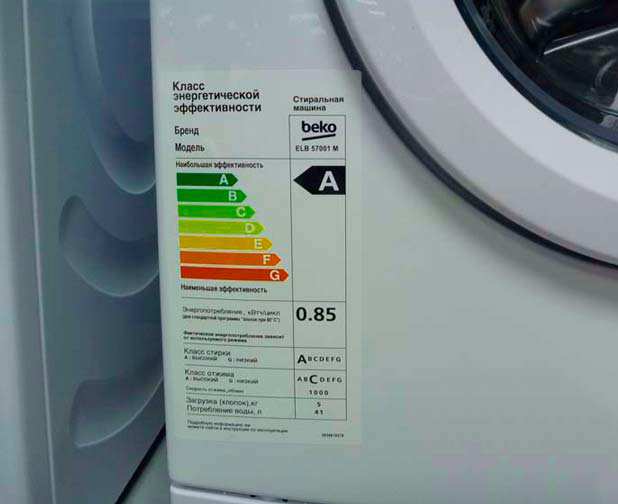
- Drum material
- The item will experience a lot of wear and tear, so it is important that it is durable enough to extend the life of the household tool. Top quality units have a stainless steel drum, while entry-level units are made from porcelain or reinforced plastic.
- Porcelain ones can be cleaned, while plastic ones are very durable, although neither takes as much care as stainless steel.
- Automatic water level sensors
- This feature is key to ensuring the unit is as efficient as possible in terms of water consumption by sensing the size of the wash load and adjusting the level. It is assumed that the service life of such models is 8-10 years, so the purchase will bring significant savings, which will compensate for the initial costs.
Setting Anti-Crease
This feature will help reduce ironing time. Different models achieve the final effect in different ways, some through steam, others by varying rinse types.
Stabilizing functions
Some models automatically adjust for unbalanced load mid-cycle by alternating spin speeds or adding more liquid.
Adjustable rotation speed
Rotation speeds typically range from 1000 to 1600 rpm, with higher speeds reducing drying time but resulting in tougher, more wrinkled items. Being able to manually select the correct spin speed can help items look new longer and make ironing easier, along with saving energy.
Energy efficiency
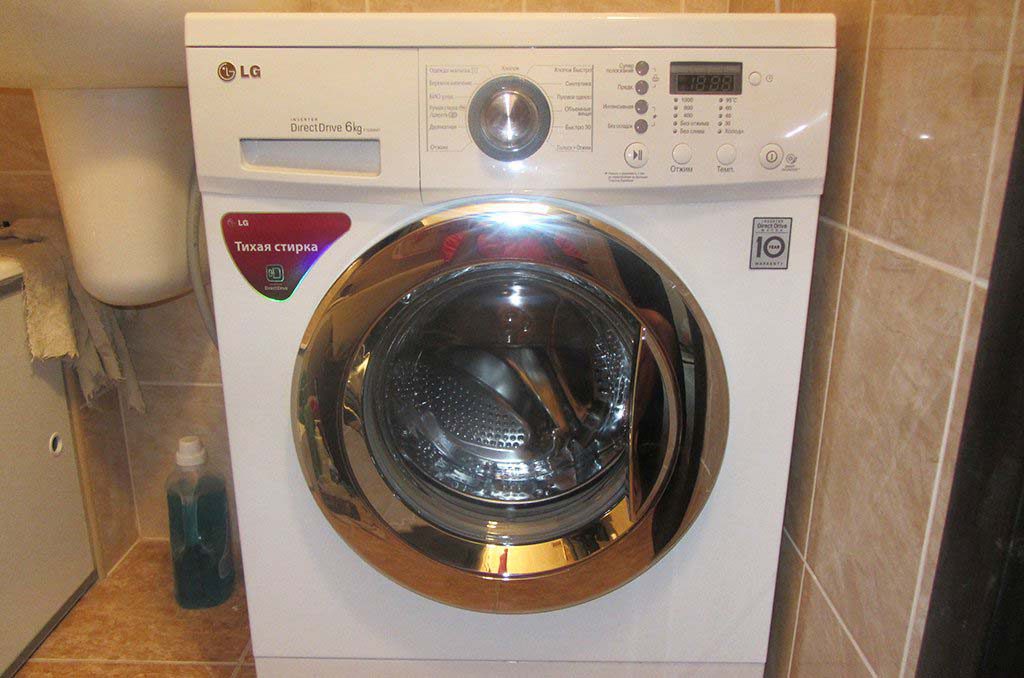
Energy efficiency can be seen on the case; it is always indicated by the letters A-G. Using this indicator, you can determine how much energy you need to spend on loading one kilogram of things and other technical characteristics.
This indicator takes into account the following:
Operating cycle and total electricity consumption for a specified period;
Maximum speed rotation in rpm;
How much fluid is consumed in liters;
The noise level during activity and rotation, expressed in decibels.
Price
Products of the simplest type with minimal characteristics have a low selling price.
The minimum characteristics are a simple torque transmitter from the engine seat belt to the drum (via the belt). Each subsequent improvement makes an additional percentage increase in price.
Equipment with mechanical control will be cheaper, with electronic control more expensive, but capable of performing the same functions.
Additional features such as timer delay, detergent dispensing depending on the weight of dry items, detection of detergent remaining in case of excess residue, additional rinse mileage, use of a ceramic heating element increase the cost of the washing machine.






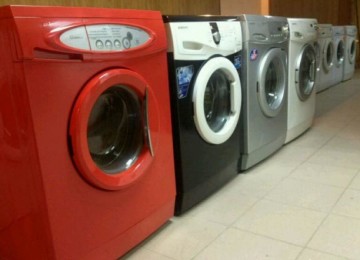
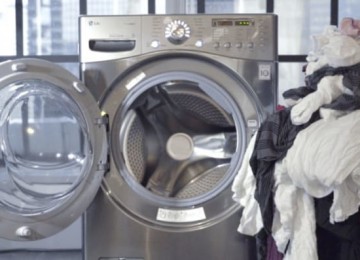
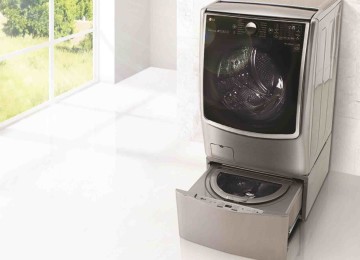
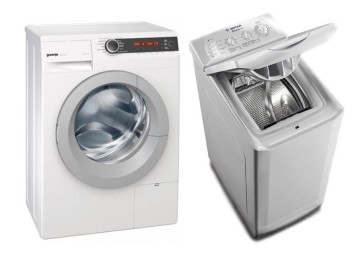
This is interesting